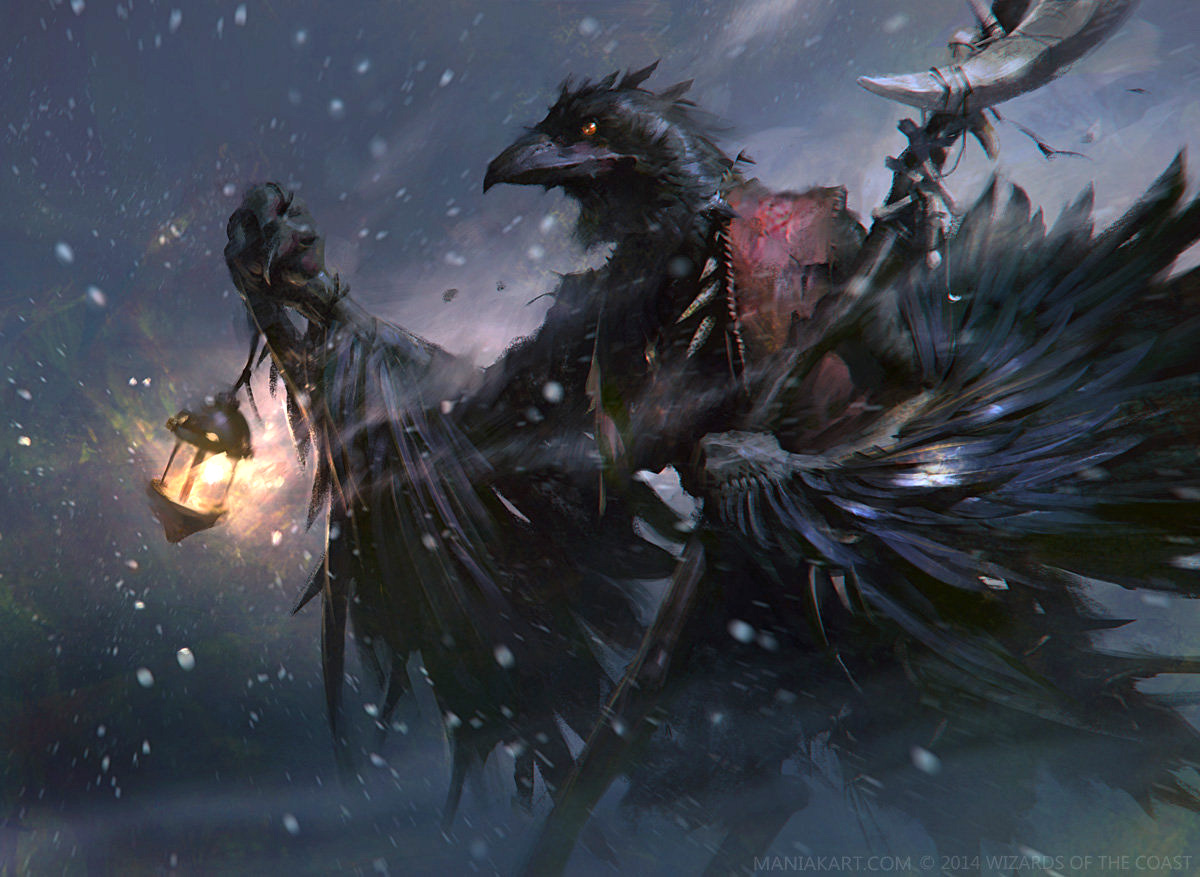Kenku
Kenku wear ill-fitting cloaks, robes, and rags. These garments cover the soft, sleek feathers of their bodies, shrouding their bare arms and legs. They tread lightly when they walk, on talons made for grasping the branches of trees and seizing prey from the lofty skies. Soft as the wind they move, so as not to draw attention to their shameful forms.
Once, the kenku held the wind in their wings, embracing the gusty sky and singing the sweet language of birdsong. Serving a master whose identity is now lost to their memory, the kenku coveted the glittering baubles of his household, and longed to speak so that they could cajole and swindle others out of such treasures. Stealing the secret of speech from a volume in their master's library, they disguised themselves in rags to beg for pretty things. When their master learned of their greed, he stripped away their wings as punishment, forcing them to beg forever.
Dreams of Flight
Above all else, kenku wish to regain their ability to fly. Every kenku is born with a desire to take to the air, and those who learn spellcasting do so in hope of mastering spells that will allow them to fly. Rumors of magic items such as flying carpets, brooms capable of flight, and similar objects provoke a great desire for the kenku to acquire the items for themselves.
Despite their lack of wings, kenku love dwelling in towers and other tall structures. They seek out ruins that reach to the sky, though they lack the motivation and creativity to make repairs or fortify such places. Even so, their light weight and size allow them to dwell in rickety structures that would collapse beneath a human or an ore.
Some thieves' guilds use kenku as lookouts and messengers. The kenku dwell in the tallest buildings and towers the guild controls, allowing them to lurk in the highest levels and to keep watch on the city below.
The Wistful Wingless
All kenku pine for the ability to fly, and thus the punishments they mete out to one another often involve false wings, such as heavy wings of wood borne as a mark of shame. As a final, tragic reminder of the wings they once had, kenku carry out executions by hurling their condemned from tall buildings or cliffs.
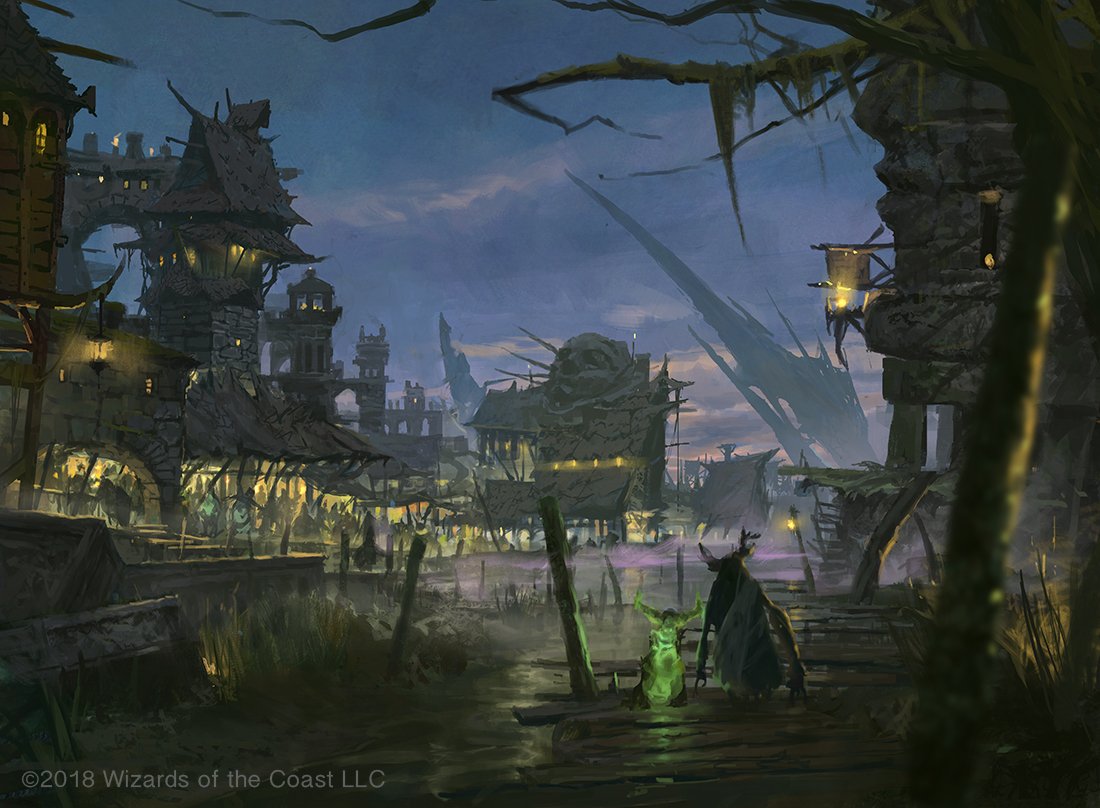

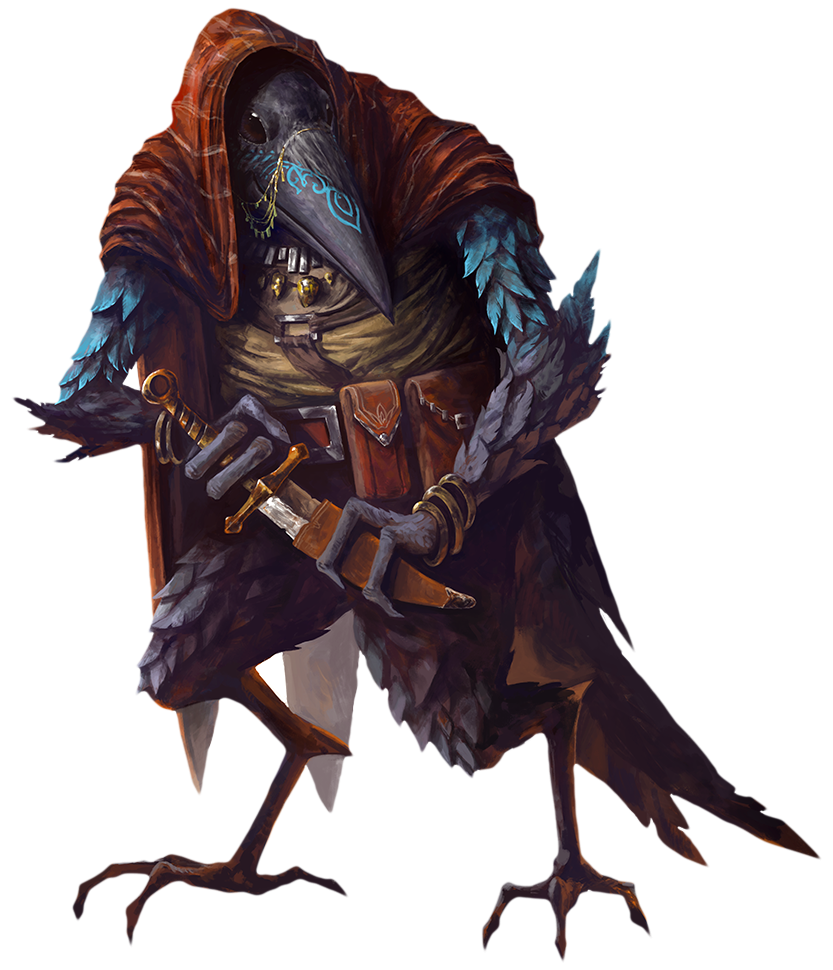
This document is unofficial Fan Content permitted under the Fan Content Policy. Not approved/endorsed by Wizards.
Portions of the materials used are property of Wizards of the Coast. ©Wizards of the Coast LLC.
Roleplaying a Kenku
If you're playing a kenku, constant attempts to mimic noises can come across as confusing or irritating rather than entertaining. You can just as easily describe the sounds your character makes and what they mean. Be clear about your char-acter's intentions unless you're deliberately aiming for inscrutable or mysterious.
You might say, "Snapper makes the noise of a hammer slowly and rhythmically tapping a stone to show how bored he is. He plays with his dagger and studies the lords' Alliance agent sitting at the bar." Creating a vocabulary of noises for the other players to decode might sound like fun, but it can prove distracting and could slow dowm the game.
Speech in Pantomime
Kenku can mimic the sound of anything they hear. A kenku asking for money might make the sound of coins clinking together, and a kenku referring to a busy marketplace can reproduce the cacophony of hawking vendors, barking dogs, bleating sheep, and the cries of street urchins.
When mimicking voices, they can only repeat words and phrases they have heard, not create new sentences. To converse with a kenku is to witness a performance of imitated sounds and almost nonsensical verse.
Kenku speak to one another in much the same way. Because they are adept at interpreting one another's glances and gestures, the sounds they make to communicate complex ideas or emotions can be succinct. Groups of kenku also develop secret codes. For example, a cat's meow might be the secret code for "Prepare to attack!" or "Flee for your lives!" Their talent for mimicry extends to handwriting, and criminal organizations often employ kenku to forge documents. When a kenku commits a crime, it might forge evidence to implicate another creature.
Kenku Names
Given that kenku can duplicate any sound, their names are drawn from a staggering variety of noises and phrases. Kenku names tend to break down into three categories that make no distinction between male and female names.
Kenku thugs, warriors, and toughs adopt noises made by weapons, such as the clang of a mace against armor or the sound made by a breaking bone. Non-kenku refer to the kenku by describing this noise. Examples of this type of name include Smasher, Clanger, Slicer, and Basher.
Kenku thieves, con artists, and burglars adopt animal noises, typically those common in urban settings. In this manner, kenku can call out to each other while those who overhear them mistake them for common animals. on-kenku use names that refer to the sound made or the animal a kenku mimics, such as Rat Scratch, Whistler, Mouser, and Growler.
Some kenku turn their back on crime to pursue legitimate trades. These kenku adopt noises made as part of their craft. A sailor duplicates the sound of a fluttering sail, while a smith mimics the clanging of a hammer on metal. Non-kenku describe these folk by their trade sounds, such as Sail Snap, Hammerer, and Cutter.
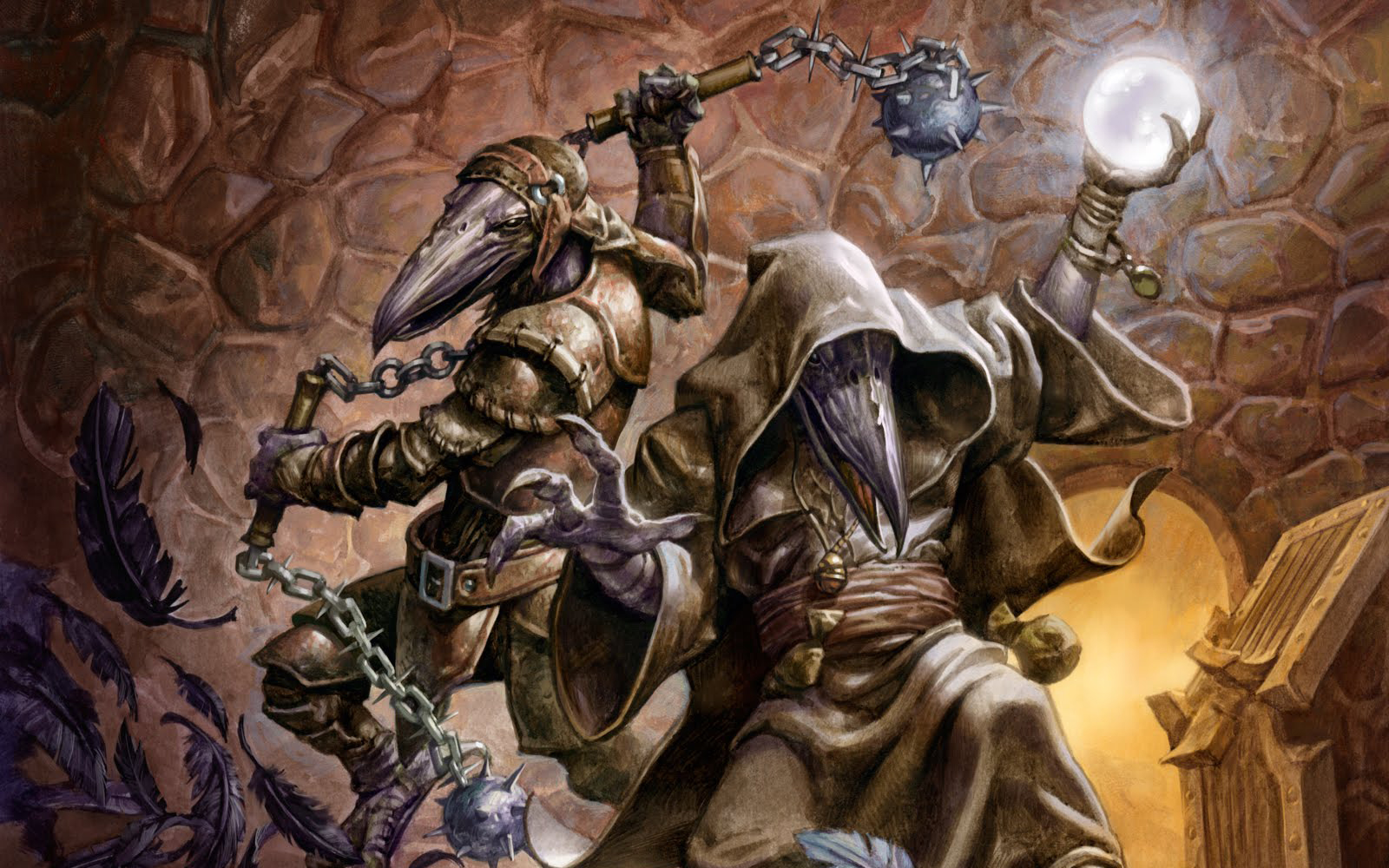

Traditional Kenku
Haunted by an ancient crime that robbed them of their wings, the flightless kenku wander the world as vagabonds and burglars who live at the edge of human society. Kenku suffer from a sinister reputation that is not wholly unearned, but they can prove to be valuable allies.
Your kenku character has the following racial traits.
Ability Score Increase. Your Dexterity score increases
by 2, and your Wisdom score increases by 1.
Age. Kenku have shorter lifespans than humans. They reach maturity at about 12 years old and can live to 60.
Alignment. Kenku are chaotic creatures, rarely making enduring commitments, and they care mostly for preserving their own hides. They are generally chaotic neutral in outlook.
Size. Kenku are around 5 feet tall and weigh between 90 and 120 pounds. Your size is Medium.
Size modifier = 2d10
Height = 4 feet + 3 inches + your size modifier in inches
Weight in pounds = 45 + (1d8 x your size modifier)
Speed. Your base walking speed is 30 feet.
Ambusher. You have advantage on attack rolls against any creature you have surprised for the next two turns.
Additionally you are proficient in the Stealth and Sleight of Hand skills.
Treacherous Nature. You gain proficiency in the Deception skill.
Mimicry. You can mimic any sounds you have heard, including voices. This talent extends to handwriting. A creature that hears the sounds or sees your forgery can tell they are imitations, or a forgery, with a successful Wisdom (Insight) check. The DC of this check is equal to 8 + your Charisma modifier + your proficiency bonus.
Expert Forgery. You can duplicate other creatures' handwriting and craftwork. You have advantage on all checks made to produce forgeries or duplicates of existing objects.
Languages. You can read and write Common and Auran, but can only speak through your Mimicry trait.
Mordenkainen's Kenku
Feathered folk who resemble ravens, kenku are blessed with keen observation and supernaturally accurate memories. None of them can remember the origin of the first kenku, however, and they often joke that there are as many kenku origin stories as there are kenku. Some of them paint their genesis as a curse, being a flightless bird people doomed to mimic other people's creations. Other kenku recite cryptic but beautiful poems about their advent being a blessed event in which they were sent into the multiverse to observe and catalog its many wonders.
Your kenku character has the following racial traits.
Ability Score Increase. Your Dexterity score increases
by 2, and your Wisdom score increases by 1.
Age. Kenku have shorter lifespans than humans. They reach maturity at about 12 years old and can live to 60.
Size. Kenku are around 5 feet tall and weigh between 90 and 120 pounds. Your size is Medium.
Speed. Your base walking speed is 30 feet.
Expert Duplication. When you copy writing or craftwork produced by yourself or someone else, you have advantage on any abi lity checks you make to produce an exact duplicate.
Kenku Recall. Thanks to your supernaturally good memory, you have proficiency in two skills of your choice.
Moreover, when you make an ability check using any skill in which you have proficiency, you can give yourself advantage on the check before rolling the d20.
You can give yourself advantage in this way a number of times equal to your proficiency bonus, and you regain all expended uses when you finish a long rest.
Mimicry. You can accurately mimic sounds you have heard, including voices. A creature that hears the sounds you make can tell they are imitations only with a successful Wisdom (Insight) check against a DC of 8 + your proficiency bonus+ your Charisma modifier.
Languages. Your character can speak, read, and write Common and one other language that you and your DM agree is appropriate for your character.


Kenku Lineage
The description of this race might suggest various things about the behavior and personality of that people's archetypal adventurers. You break the mould, however. You may ignore those suggestions, whether they're about alignment, moods, or interests. Your character's personality and behavior are entirely yours to determine.
Instead of choosing the previous traits of a stereotypical kenku, you can use the following traits to represent your character's lineage.
Ability Score Increase. One ability score of your choice increases by 2.
Creature Type. You are a humanoid. You resemble a kenku. You have wings, but they don't function like your kenku kin. However, you might actually be able to speak in coherent words—a sign you're not quite a normal kenku.
Size. Kenku are around 5 feet tall and weigh between 90 and 120 pounds. Your size is Medium.
Speed. Your base walking speed is 30 feet.
Feat. You gain one feat of your choice for which you qualify.
Languages. You can read, write, and speak Common and Auran.
Variable Trait. You gain one of the following options of your choice:
- Mimicry. You can mimic any sounds you have heard, including voices. This talent extends to handwriting. A creature that hears the sounds or sees your forgery can tell they are imitations, or a forgery, with a successful Wisdom (Insight) check. The DC of this check is equal to 8 + your Charisma modifier + your proficiency bonus.
If you choose this trait, you lose the ability to speak any languages you have learned from any features acquired from your race, class, background, or otherwise.
- Skilled. You gain proficiency in one skill of your choice.

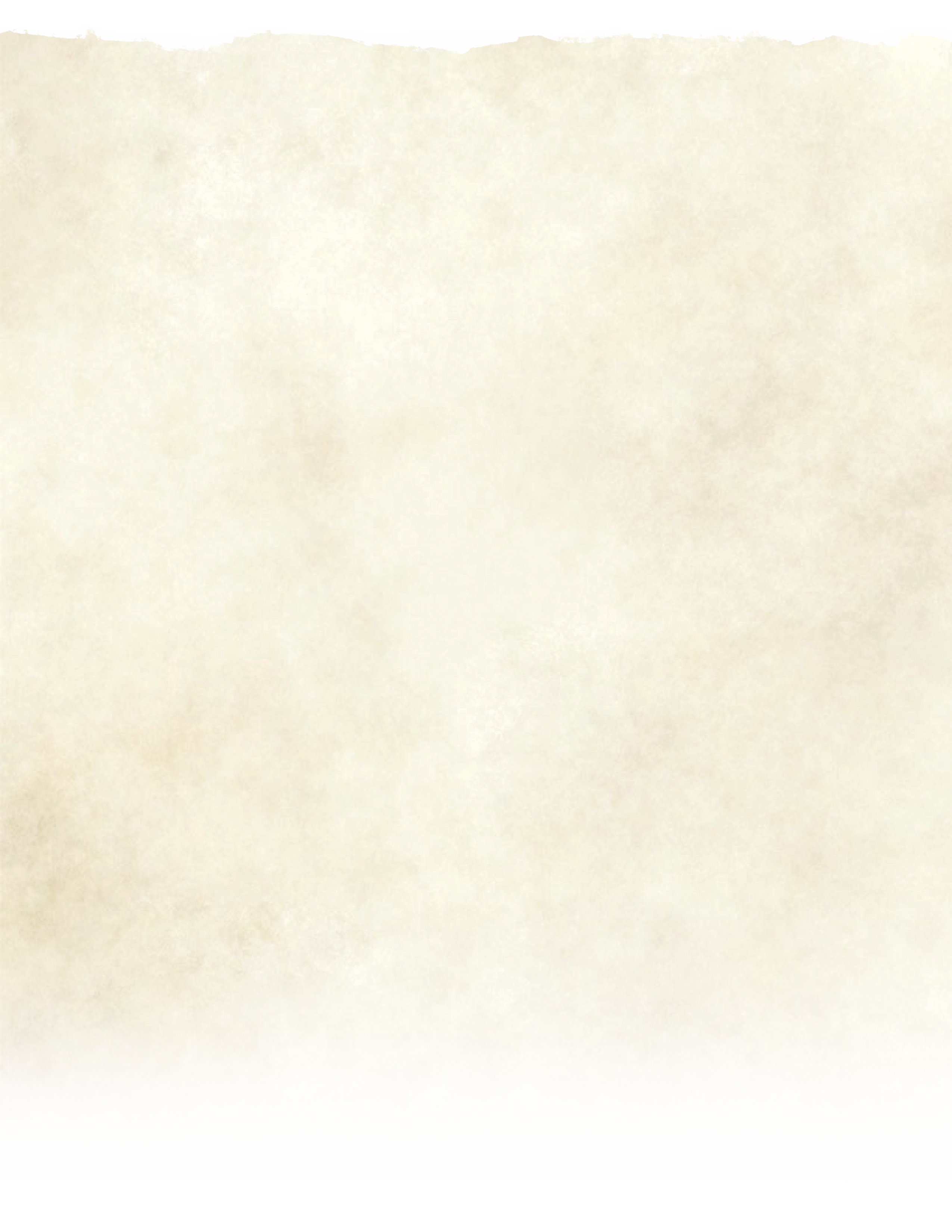
Kenku Sourcebooks
This version of the kenku race is official D&D material.
It was taken from the Volo's Guide to Monsters.
The Kenku Lineage option was presented in Tasha's Cauldron of Everything. It has been slightly modified to fit a kenku, but is the same power level as the Custom Lineage presented in the book: instead of granting Darkvision as a Variable Trait, Mimicry has been added. This lineage has had some choices made for you to better reflect an actual kenku. Instead of choosing Small or Medium, you are Medium. Instead of choosing 25 or 30 feet speed, your speed is 30 feet. Instead of choosing a second language of your choice, you know the language of your kin.
This Document's Credit
This document was compiled, formatted, adjusted, copy edited, and (semi)-balanced by LtKodiak.
homebrewery.naturalcrit.com/user/ltkodiak
Google Drive folder with downloadable PDFs
BigBeard.Design/LtKodiak
Copyright Stuff
Most of the words in this document are copyright of Wizards of the Coast, either directly or indirectly. Words were written using the phrasing present in Wizards' official documents.
LtKodiak's goal is to have 100% of the images be usable under Wizards' Fan Content Policy. The vast majority of images in these documents are from Magic: The Gathering, some from official D&D documents, and the rest from various places on the internet (mtgpics, artstation, deviantart, etc.). All artists and sources are listed in the section below. Some have been modified to better fit the formatting of this document, including color changes, mirroring, and/or alterations. As such, anyone who has access to this document CANNOT SELL IT. That'd be illegal (and against the aforementioned Wizards' Fan Content Policy). It's just for fun, giving D&D players an easier to read document for their favorite races and classes.
Credit for the formatting of this document goes to The Homebrewery, for making an awesome, easy-to-use website utilizing the powers of HTML and CSS.
If you see anything in this document that needs to be ammended, have any suggestions for edits or additions, or have any legal concerns, please reach out!
Image Credits
Swamp (Dominaria) by Dimitar Marinski, © WotC
Tengu WIP by SixFootEwok
Kenku Duo, © WotC
Kenku Artificer by Dave Greco, © WotC
Crowbin O'Hood by Matt Forsyth
Icefeather Aven by Slawomir Maniak, © WotC
